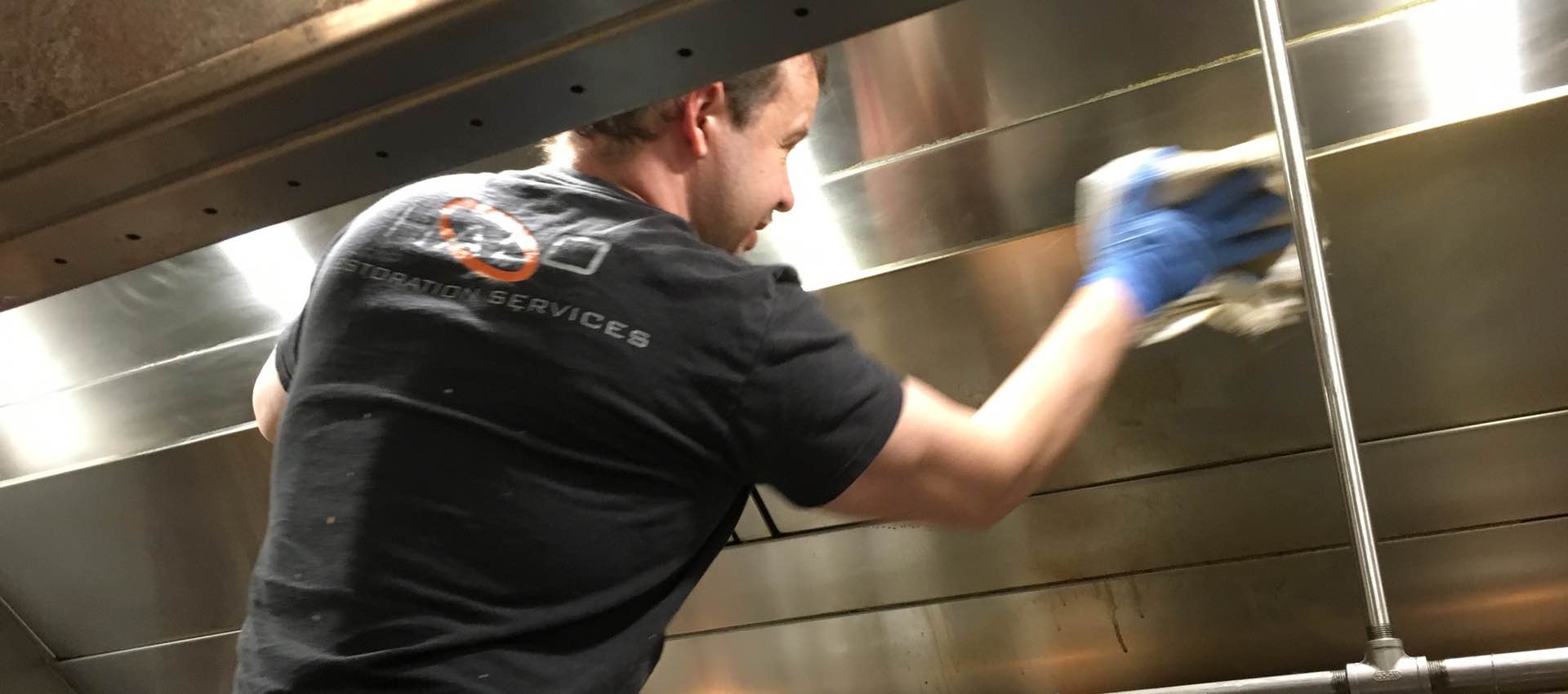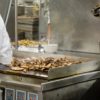Whether you run a quick-service restaurant or an upscale establishment, you’re going to produce a large amount of grease while you cook. So where does all this grease go, and what problems can it pose?
Grease typically goes in one of three places: (1) Out for recycling, if you live in a city that offers this service, (2) Down the drain – a major hazard for the environment and your facility’s plumbing, or (3) In the air.
As food is cooked, a certain amount of the grease released from the food or the oil it’s cooking in becomes vaporized. In a properly designed commercial kitchen, the greasy air will automatically get sucked up into the exhaust or vent hood. Some of the grease will accumulate on the hood itself and on the baffle filters as the air passes through, but not all of it. Any grease that escapes the filters will end up inside the kitchen exhaust ducts and ultimately in your rooftop grease containment system.
In our line of work, we tend to notice a common misunderstanding between kitchen exhaust cleaning providers and facility managers regarding grease build up on the roof tops – is the grease build up due to typical between-service build-up, an improperly working kitchen exhaust system, or is there a deficiency in the work being performed?
There are three different ways that grease can accumulate on your roof top:
- Poor wastewater management during the cleaning process. For example, if a technician allows the fan blades to spin while being sprayed with water, the blades can sling out grease and water on to wall, roof top and even the A/C units. While this can cause multiple problems, it is generally easy to detect, especially if you look for a v-shaped spray pattern the size of the bowl of the exhaust fan.
- Grease leaking from the fan between services. This is usually caused by excessive rain, or due to improper seals on the joints of the exhaust fan or between the fan base and the duct curb. In this situation, we recommend to our customers install a preventative maintenance product to protect against roof damage.
- Airborne particles due to your facility’s kitchen exhaust cleaning frequency. This typically occurs when grease collected at the base of the exhaust fan overflows, causing the air flow to sling the grease out of the fan reservoir, and begin to accumulate throughout your rooftop as small droplets. If this occur, contact your service provider to discuss how often your system should be cleaned.
Don’t overlook your roof top. The cost to replace the roof is much higher than the cost to simply maintain it with a proper service schedule. A thorough rooftop cleaning, followed by the installation of a grease containment system, will help eliminate roof deterioration, costly roof replacements, unsafe work areas and voided roof warranties.




